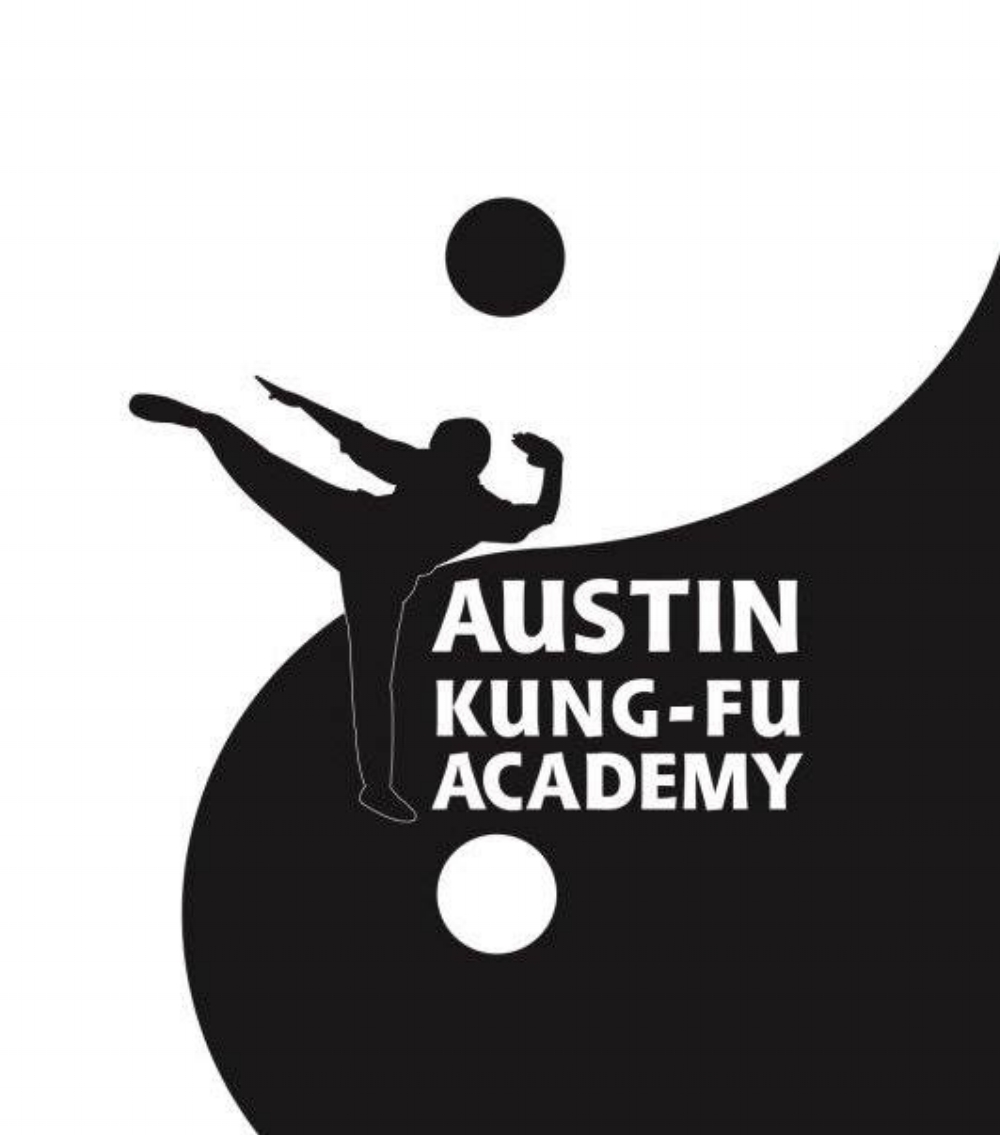One of the things that creates the most productive learning atmosphere is working with excellent partners. It is this spirit of partnership that can take students to the next level.
In martial arts, this can be a tricky concept. I say tricky because martial arts, Kung-Fu, Jiu Jitsu, you name it, has an image of you fighting or working AGAINST another person.
But the truth of the matter is, most of the learning and foundational development happens when you work WITH your partner.
There's also an unseen benefit - the better of a partner you become, the better your own skill gets! It takes a good amount of strength, control, and mindfulness to be an effective partner.
The actual self defense techniques are great, and there are a lot of sources where you can learn that information. What isn't so readily accessible are the perfect training partners.
Creating perfect training partners is our goal. When you have the perfect training partner, and you are working together at a very proficient level, aesthetically, it looks amazing. Functionally, you are developing some very real skills.
So as we start this 4th Quarter at Austin Kung-Fu Academy, we will be discussing what it takes to become a Perfect Partner. We will be practicing a lot of these ideas in class, and we will also have an achievement and reward system in place, to help set some concrete goals.
A Perfect Partner is genuinely concerned with making you successful. So the focus becomes on this idea:
What can I do to help you reach your best?
With that in mind, let's get started!
